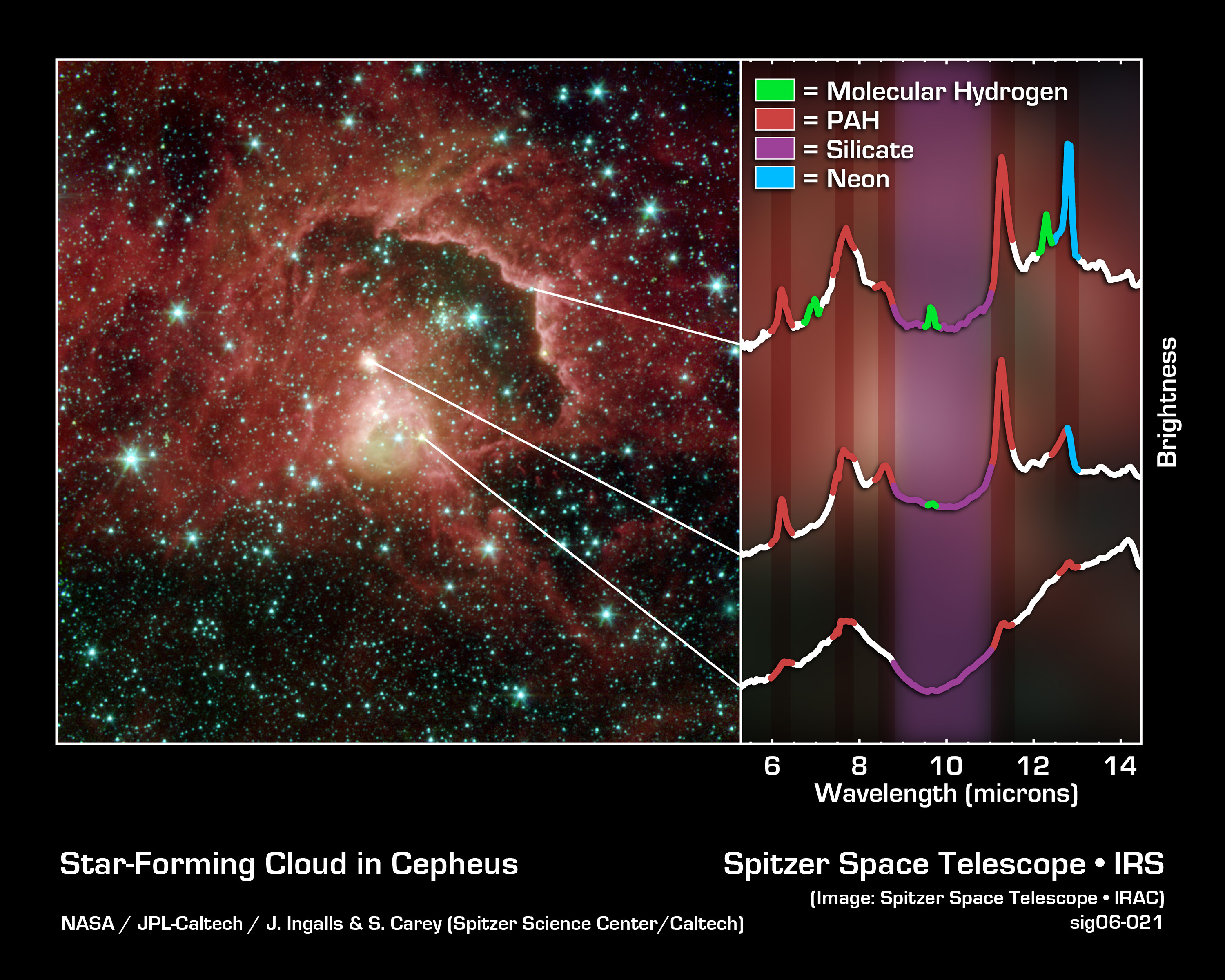Please login in order to download photos in full size
If you are not registered, please register for free: www.Free-Photos.biz/register
Please note to download premium images you also need to join as a free member..
You can also save the photos without the registration - but only in small and average sizes, and some of them will have the site's watermark. Please simply click your right mouse button and save the image.
Please login in order to like photos
If you are not registered, please register for free:
Sorry, non-members can download up to 1100 full-size photos per month.
It looks like you have used up your limit.
Free members can download an unlimited number of full-size photos - including the premium free photos.
Join as a member today for FREE! - and download the images without limitations:
www.Free-Photos.biz/membership.php
You can also save the images without the membership - but only in small and average sizes, and some of them may have the site's watermark. Please simply click your right mouse button and save the image.

|
This is a premium free photo
This photo was viewed 10 times and was downloaded in full size 0 times.
This photo was liked 0 times
If you are a member, please login in order to see the source link of the above image.
Contents |
Summary
This image from NASA's Spitzer Space Telescope reveals the complex life cycle of young stars, from their dust-shrouded beginnings to their stellar debuts. The stellar nursery was spotted in a cosmic cloud sitting 21,000 light-years away in the Cepheus constellation.
A star is born when a dense patch gas and dust collapses inside a cosmic cloud. In the first million years of a star's life, it is hidden from visible-light view by the cloud that created it. Eventually as the star matures, its strong winds and radiation blow away surrounding material and the star fully reveals itself to the universe.
The first stages of stellar life are represented by the greenish yellow dot located in the center of the image (just to the right of the blue dot). Astronomers suspect that this source is less than a million years old because spectra of the region (right bottom graph) reveal a deep absorption feature due to silicate dust (crushed crystalline grains that are smaller than sand) indicating that the star is still deeply embedded inside the cosmic cloud that collapsed to form it. Wisps of green surrounding the star and its nearby environment illustrate the presence of hot hydrogen gas.
Above and to the left of the central greenish yellow dot, a large, bright pinkish dot reveals a more mature star on the verge of emerging from its natal cocoon. Although this star is still shrouded by its birth material, astronomers use Spitzer, a temperature-sensitive infrared telescope, to see the surrounding gas and dust that is being heated up by the star.
The region's oldest and fully exposed stars can be seen as bunches of blue specks located just left of the concave ridge. Energetic particles and ultraviolet photons from nearby star clusters etched this arc into the cloud by blowing away surrounding dust and gas.
Spectral observations of the ridge (right top graph) and reddish-white dot, or "mature star" (right middle graph), indicate the presence of carbon rich molecules called polycyclic aromatic hydrocarbons (PAHs), which are found on barbecue grills and in automobile exhaust on Earth.
The featured image is a four-channel false-color composite, where blue indicates emission at 3.6 microns, green corresponds to 4.5 microns, and red to 5.8 and 8.0 microns. The image was taken by Spitzer's Infrared Array Camera (IRAC). Spectra of the region were obtained with the telescope's Infrared Spectrometer (IRS) instrument
File info
| Description | Story of Stellar Birth |
| Date | 2006/09/08 |
| Source | https://gallery.spitzer.caltech.edu/Imagegallery/image.php?image_name=sig06-021 |
| Author | NASA/JPL-Caltech/S. Carey and J. Ingalls (SSC/Caltech) |
| Permission (Reusing this file) |
https://www.spitzer.caltech.edu/Media/mediaimages/copyright.shtml |
Individual images
see https://gallery.spitzer.caltech.edu/Imagegallery/image.php?image_name=sig06-021 High quality tif files also avaliable.
Licensing
| This file is in the public domain because it was created by NASA. NASA copyright policy states that "NASA material is not protected by copyright unless noted". (See Template:PD-USGov, NASA copyright policy page or JPL Image Use Policy.)
|
|
|
|
Warnings:
|
Public Domain
| EXIF data: | |
| File name | life_cycle_of_stars_-_gpn-2000-000938.jpg |
|---|---|
| Size, Mbytes | 1.474490234375 |
| Mime type | image/jpeg |
| Orientation of image | 1 |
| Image resolution in width direction | 300 |
| Image resolution in height direction | 300 |
| Unit of X and Y resolution | 2 |
| Color space information | 65535 |
| Exif image width | 3000 |
| Exif image length | 2400 |
| Software used | Adobe Photoshop CS2 Macintosh |
While the copyright and licensing information supplied for each photo is believed to be accurate, Free-Photos.biz does not provide any warranty regarding the copyright status or correctness of licensing terms. If you decide to reuse the images from Free-Photos.biz, you should verify the copyright status of each image just as you would when obtaining images from other sources.
The use of depictions of living or deceased persons may be restricted in some jurisdictions by laws regarding personality rights. Such images are exhibited at Free-Photos.biz as works of art that serve higher artistic interests.
PRIVACY POLICY
By registering your account and/or by subscribing to new and newly rated photographs you agree we may send you the links to photos and we may occasionally share other information with you.
We do NOT disclose your personal data.



